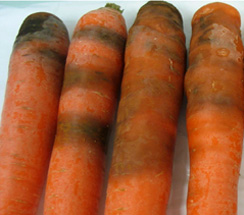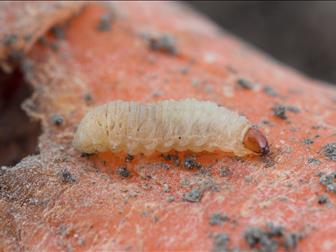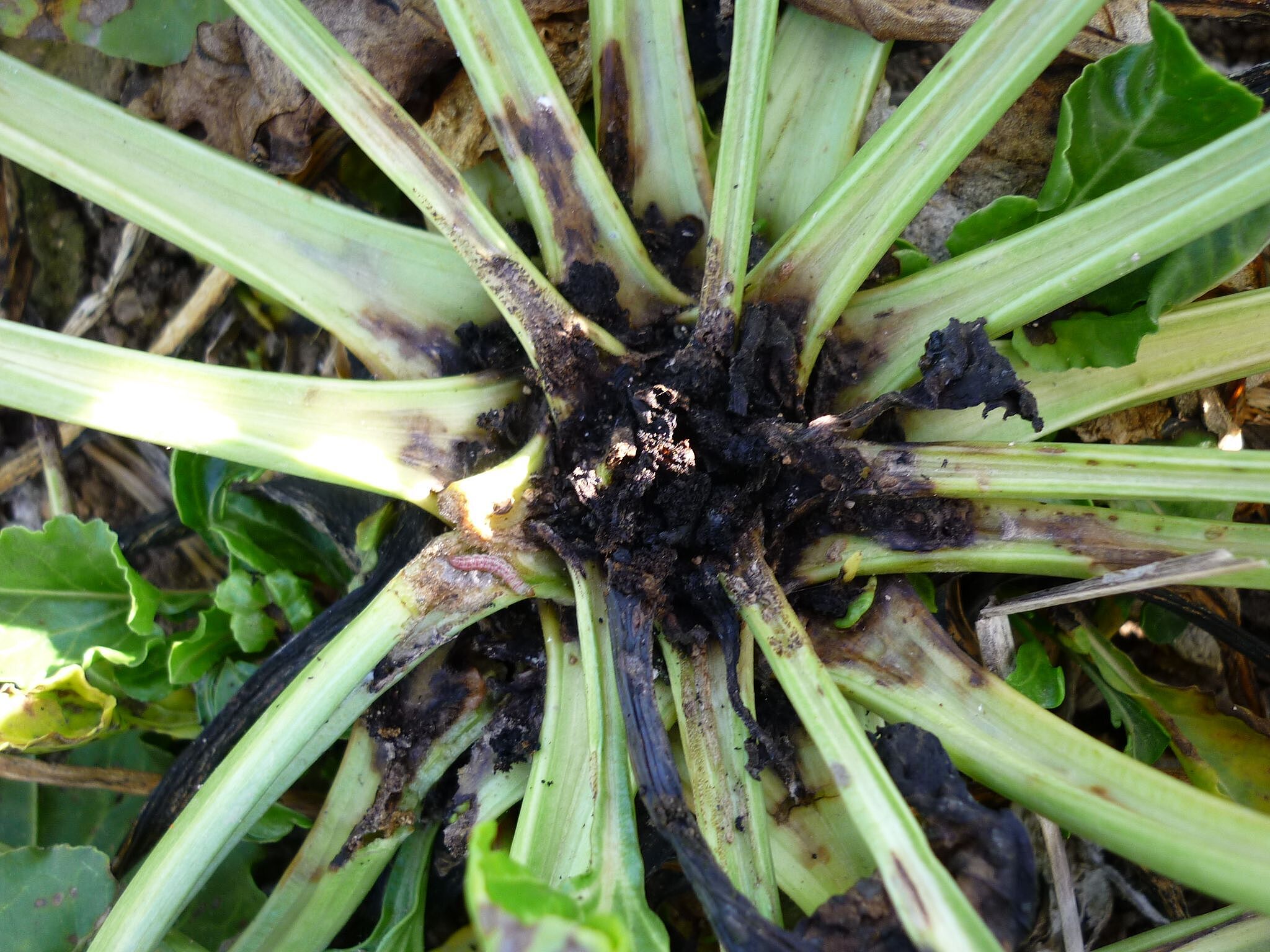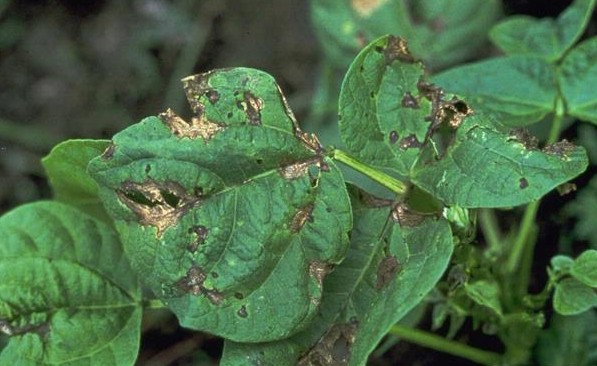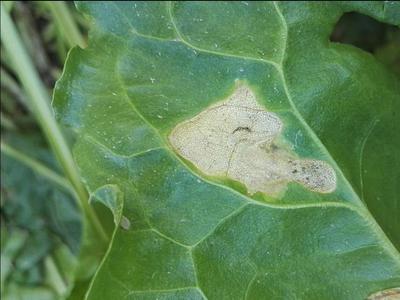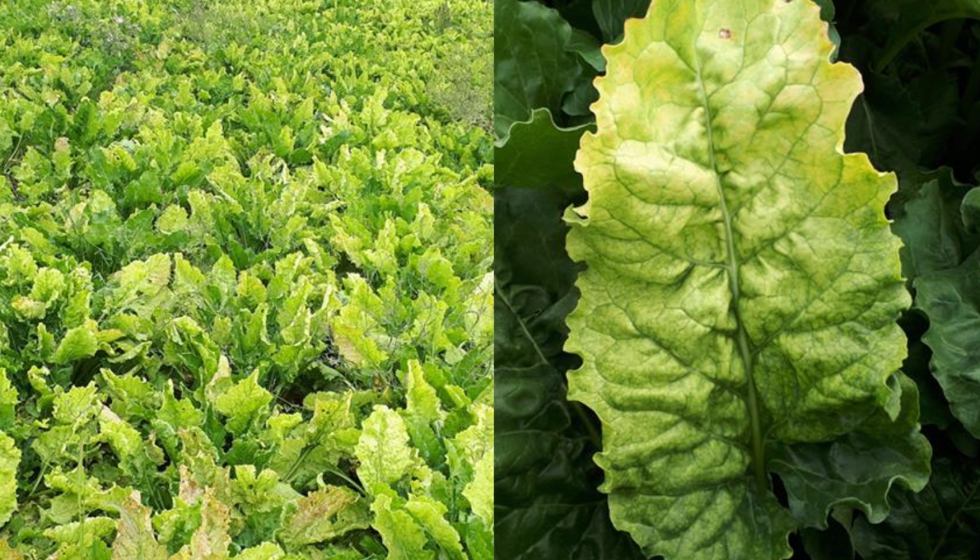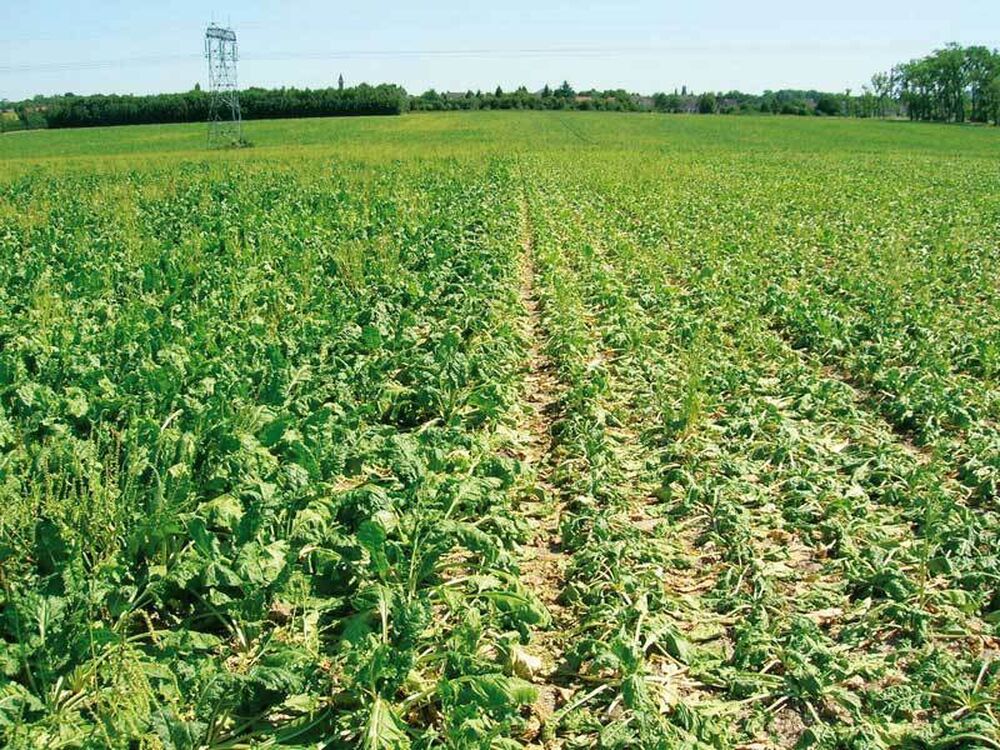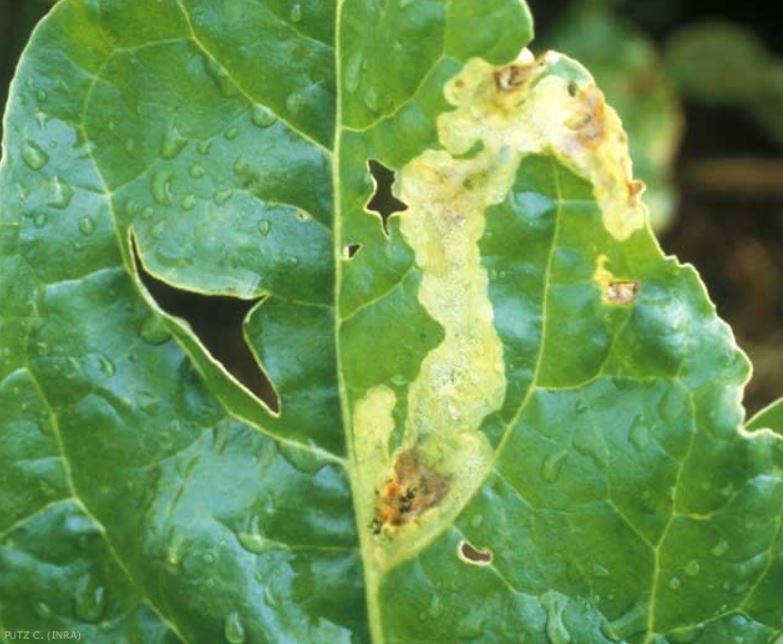
Tomate
How to recognize and combat cladosporiosis in tomatoes
Cladosporiosis
Fungus
Type:
Risk to the plant:
HIGH
Fulvia Fulva / Cladosporium Fulvum
Pathogen:
Micosis/Hongos

WHO CAUSES IT?
Fulvia fulva, also known as Cladosporium fulvum, is a phytopathogenic fungus that causes the disease known as cladosporiosis in tomato plants. This fungus reproduces through conidial spores, which are dispersed mainly by wind, rain and overhead irrigation. Spores germinate on the surface of the leaves of tomato plants when there is sufficient moisture and penetrate the tissues through stomata, which are small pores on the surface of the leaves. Inside the plant, the fungus develops a mycelium that grows intercellularly, extracting nutrients from the host cells. Under favorable conditions, the fungus can produce new conidia on the surface of infected leaves, allowing the disease to spread rapidly to other plants. During unfavorable periods, the fungus can survive on plant debris and in the soil, waiting for more suitable conditions to restart the infectious process.
SYMPTOMS
Cladosporiosis, caused by Fulvia fulva in tomatoes, manifests mainly in the leaves, although it can also affect the stems and fruits in severe cases. The disease begins with yellowish Taches on the upper surface of the leaves, which gradually darken and develop a characteristic mold on the underside. This infection interferes with photosynthesis and can cause significant defoliation, weakening the plant and reducing the quality and quantity of fruits.
- Yellowish Taches on the upper surface of the leaves
- Development of olive-brown mold on the underside of the leaves
- Curling and wilting of affected leaves
- Premature defoliation
- Brown lesions on stems and petioles
- Reduction in the size and quality of the fruits
- General loss of vigor in the plant
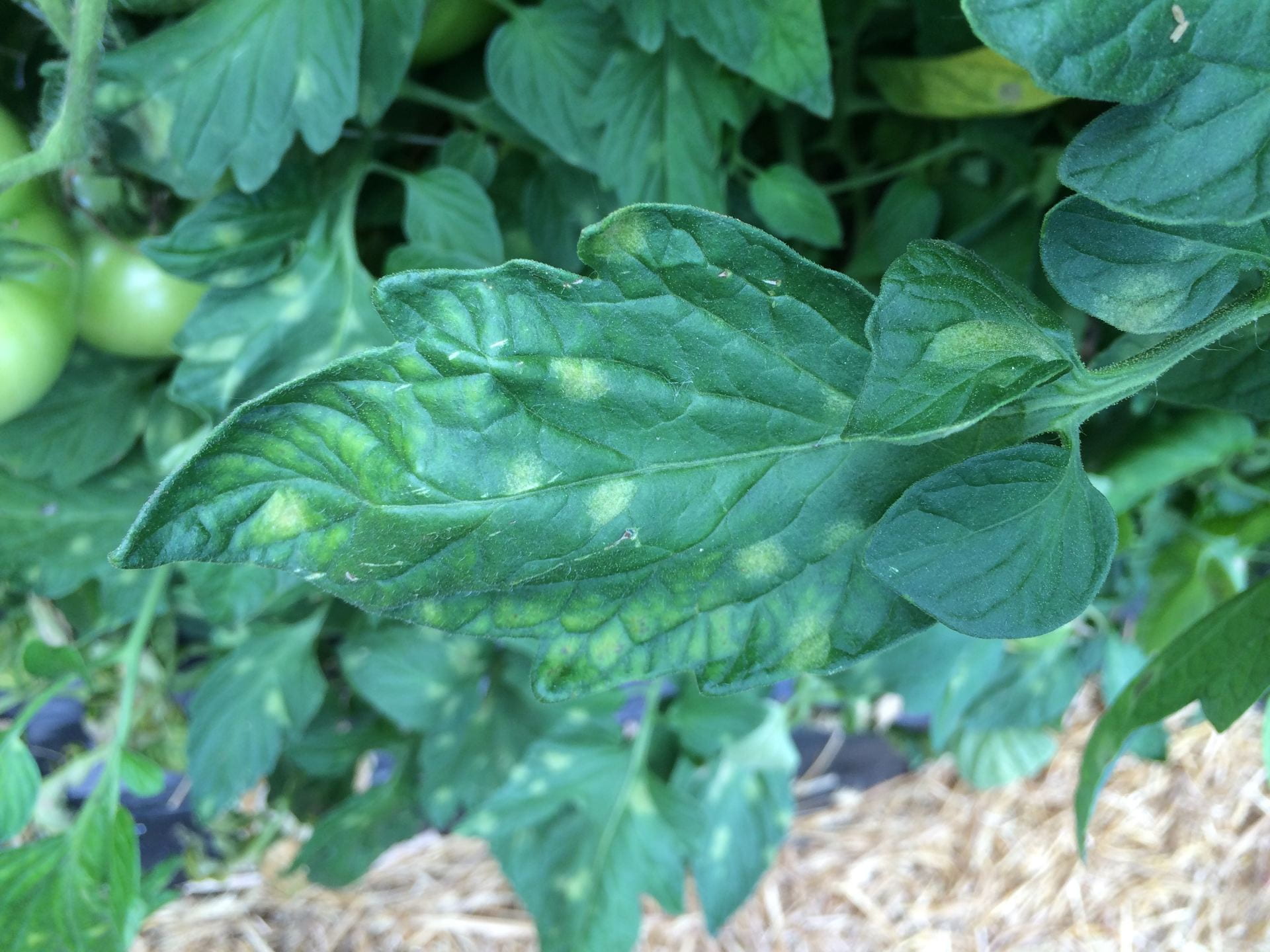

DEVELOPMENT CONDITIONS
Temperature:
22-26°C
Humidity:
70-90%
HOW IS IT SPREAD?
Wind, irrigation water, contaminated tools, direct contact with infected plants, infected crop remains, infested soil
HOW TO ELIMINATE IT?
Home treatments
There are no home treatments
Natural allies
There are no natural allies
Chemical treatments
There are no treatments for this disease. Treatments are directed at the insect vectors that transmit it. See insect treatments.
RECOMMENDED PRODUCTS TO ELIMINATE THE PEST
REPELLENT PLANTS
-
RECOMMENDATIONS
- Avoid wetting the leaves when watering, do it directly to the ground.
- Don't put the plants too close together, leave room for air to circulate.
- Remove leaves or diseased parts as soon as you see them.
- Use natural fungicides such as baking soda, copper or horsetail.
- Do not reuse soil from plants that were sick.
- Clean the tools well before and after using them.
- If you grow indoors, open windows or use fans from time to time.




